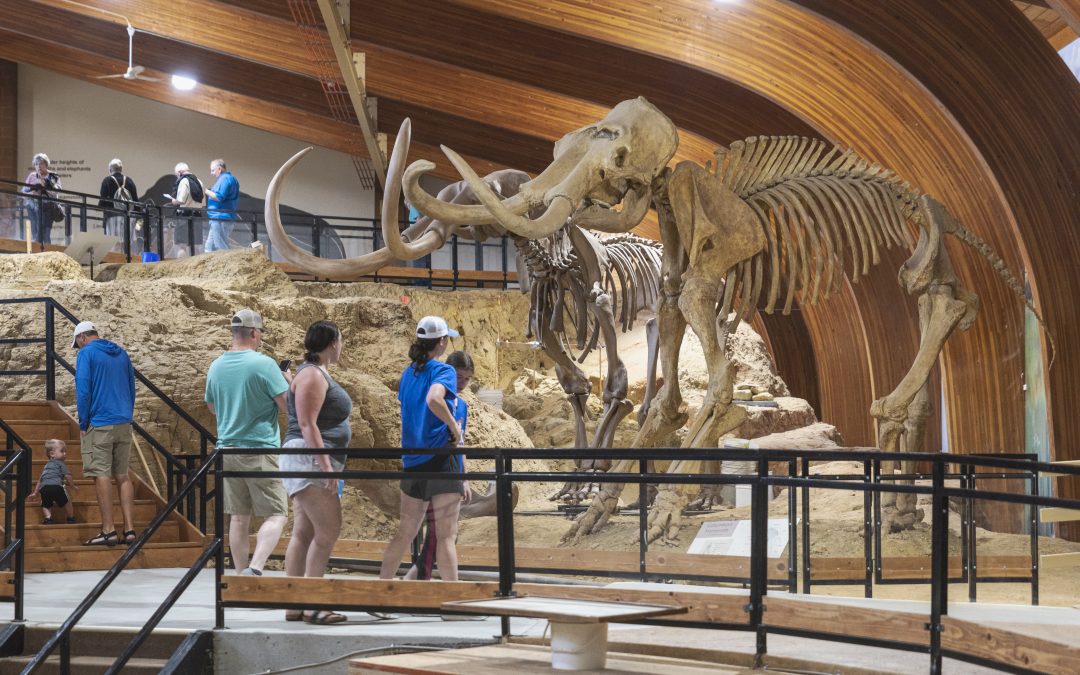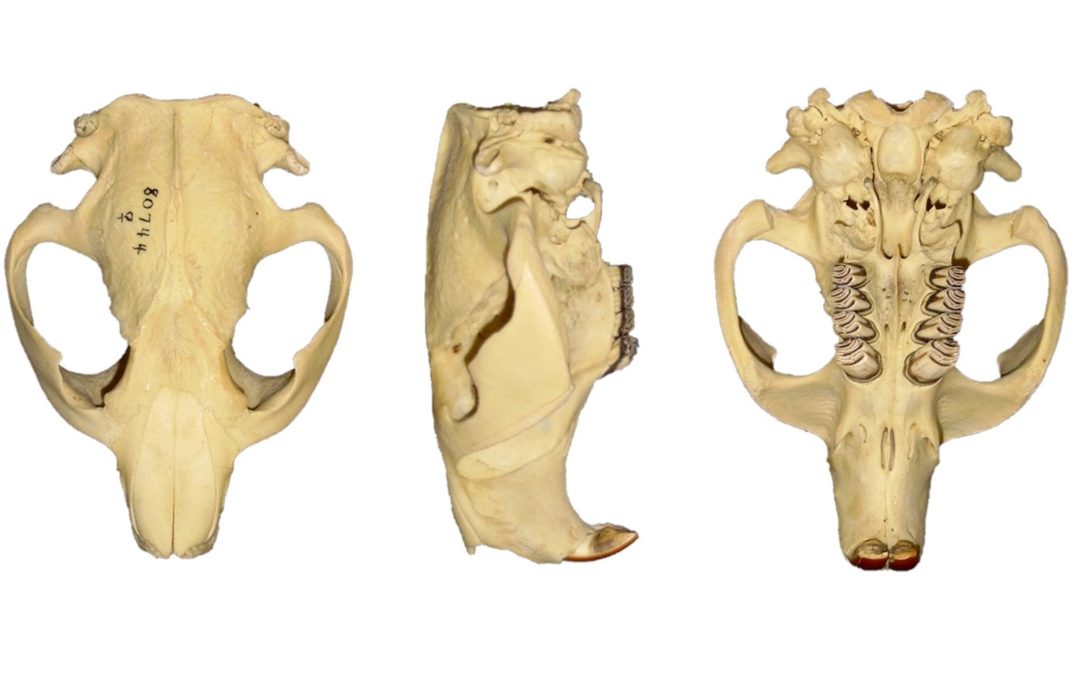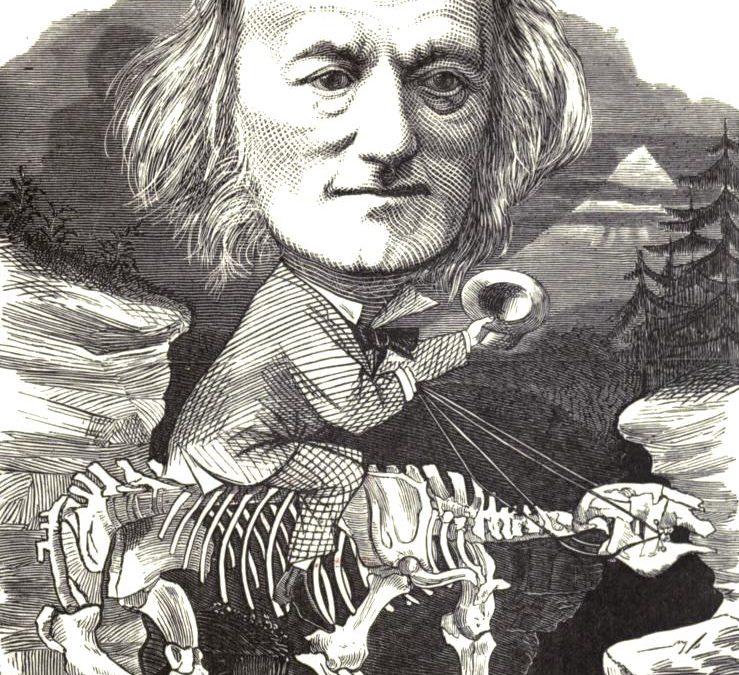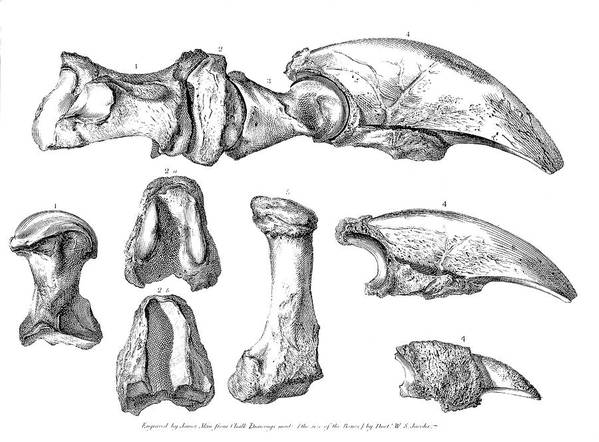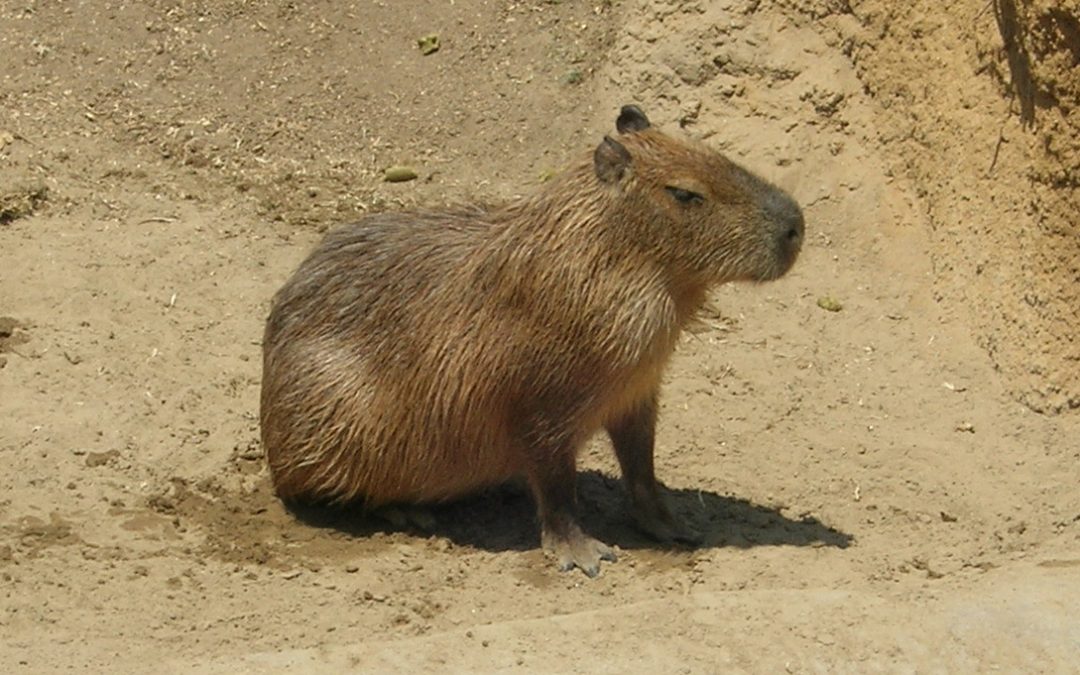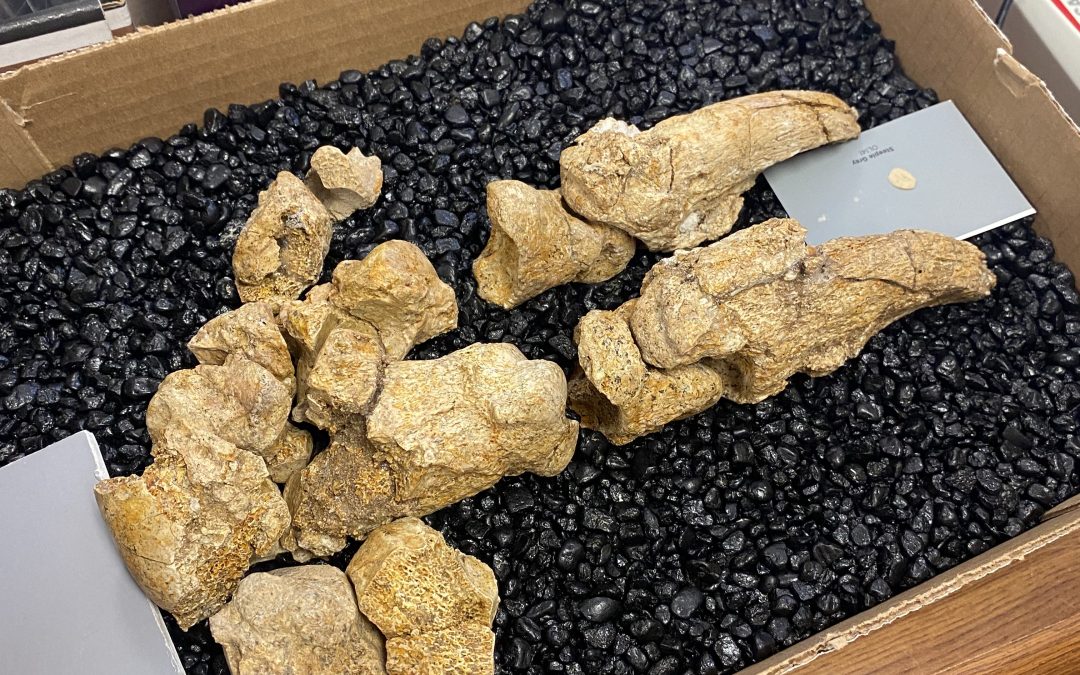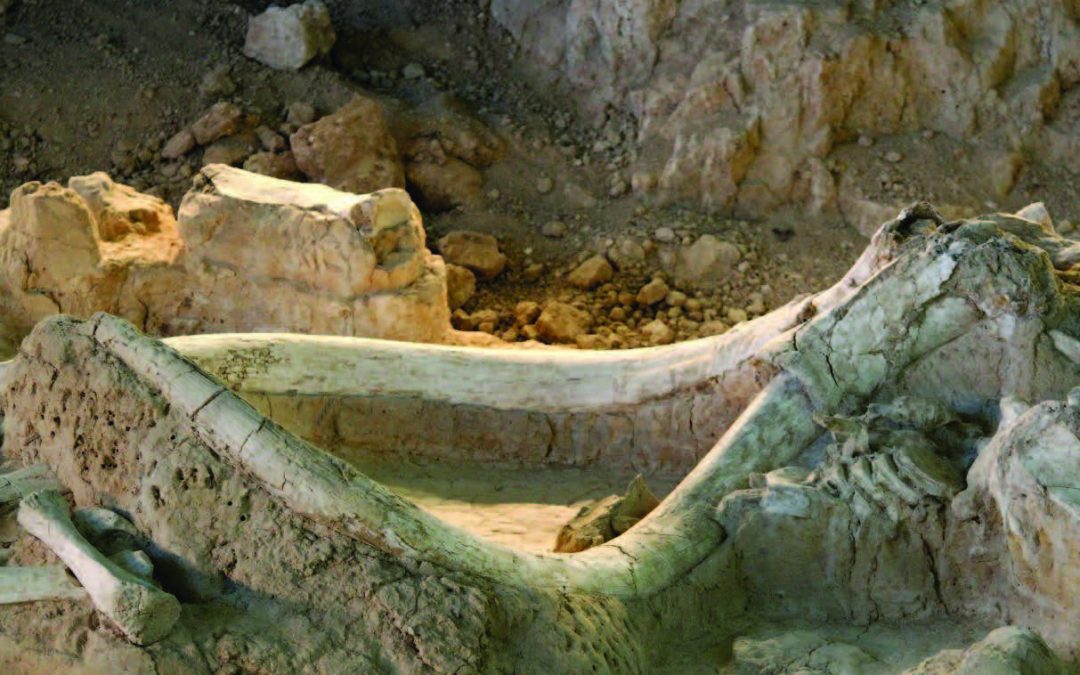By Greg McDonald
The first discoveries of the ground sloths Megatherium and Megalonyx consisted of single individuals that were not mixed with other species. Such discoveries make it easier to be confident that all of the bones are of a single species and that the description and diagnosis of these new species are not based on a composite of different animals resulting in a chimera. But think of the challenge if you find a bone deposit with multiple individuals and many different species intermixed together and the challenge of sorting these out, especially if many of the animals are new and have never been described before. This is the challenge facing Peter Wilhelm Lund (1801 – 1880), a Danish naturalist, botanist, zoologist, paleontologist, and archeologist. He spent most of his life working and living in Brazil and is considered the father of both Brazilian paleontology as well as archaeology.
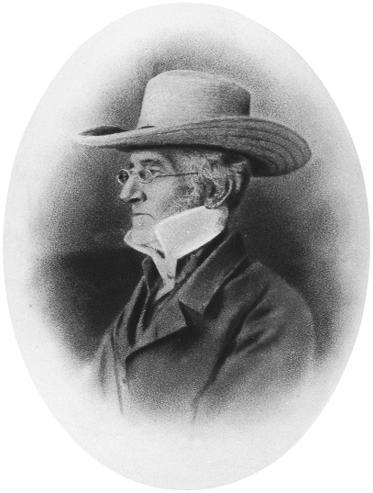
Born into a wealthy family in Copenhagen, Lund developed an interest in the natural sciences at an early age and initially planned to pursue a career in medicine. However, following the death of his father, he switched his studies to focus on natural history. When he was diagnosed with early stages of tuberculosis, at his doctor’s suggestion, he made his first trip to Brazil in 1825 to improve his health. After spending three and a half years collecting specimens of plants, birds, and insects in the area around Rio de Janeiro, and writing about ants, snails, and birds of the region he returned to Copenhagen. After receiving his doctoral degree at the University of Kiel in 1829 he traveled to Italy and later to Paris, where he worked with Georges Cuvier, the most influential naturalist and zoologist of the time at the Muséum National d’Histoire Naturelle. It is probable that this provided his first introduction to fossil sloths and learned about the Megatherium from Cuvier. Although as far as is known the museum did not have any bones of Megatherium for Lund to examine, he may have been able to see casts of the bones of Jefferson’s Megalonyx that had been prepared by Charles Willson Peale and sent to France with Peale’s son, Rembrandt, who delivered them in person in 1802. The casts had been used by Cuvier to prepare the illustrations in the chapter on Megalonyx in his Recherches sur les Ossemens fossiles de Quadrupèdes Vol. 4, published in 1812, and it seems likely that Lund would have been aware of his mentor’s publication.
In 1832 Lund returned to Brazil where he lived the rest of his life. He spent the first two years collecting mainly botanical specimens in the provinces of Rio de Janeiro and São Paulo. During the voyage of the Beagle, Charles Darwin also passed through Rio in 1832 but it is unknown whether the two naturalists met. Later, Lund moved inland to the province of Minas Gerais and settled in the small town of Lagoa Santa, which is in an area characterized by a karst (sinkhole) geology and many caves. It was there Lund met another Dane, Peter Claussen, during his first visit to the Maquiné cave in 1834. Clausen (approximately 1801–1872) also born in Copenhagen, was a commercial natural history collector. He made botanical collections that were sold to many European herbaria and also collected and sold animal fossils found in the caves to the British Museum and the Jardin des Plantes in France.
Lund’s meeting with Clausen resulted in his conversion from a generalized naturalist into a highly specialized scientist. His research now focused not only on the fossil bones found in the caves but also the geology, speleology, and the age and modes of deposition of bones and cave sediments. Based on his intense work in the Brazilian limestone karst from 1835 to 1844, Lund discovered several more caves full of fossilized bones of extinct Pleistocene (Ice Age) megafauna species, including many sloths. He published his first paper on his discoveries in 1836, Om Huhler i Kalksteen det indre af Brasilien, der tildeels indeholde fossile knockler (About caves in limestone from the interior of Brazil, which contain fossil bones) in the Royal Danish Society of Natural Sciences and Mathematics. Fortunately working with Lund was the Norwegian painter, Peter Andreas Brandt (1792 – 1862) who assisted him throughout his work as an illustrator. Consequently, many of Lund’s publications include illustrations of the fossils he described. This includes his first publication in which he illustrated a femur and a tooth which Lund identified as Megatherium, but we now know is another sloth, which was later named by Lund as Coelodon, which means “hollow tooth” as sloth teeth have a large pulp cavity. As the genus name Coelodon had been already used for a long-horned beetle, the English naturalist and geologist Richard Lydekker (1849 – 1915) proposed the replacement name, Nothrotherium, which comes from two Greek words, nothros meaning “lazy” or “slothful,” and therion or “beast.” While different in size, the teeth of Nothrotherium and Megatherium look similar, so in these early days of sloth research, the smaller Nothrotherium could be mistaken for a juvenile Megatherium.
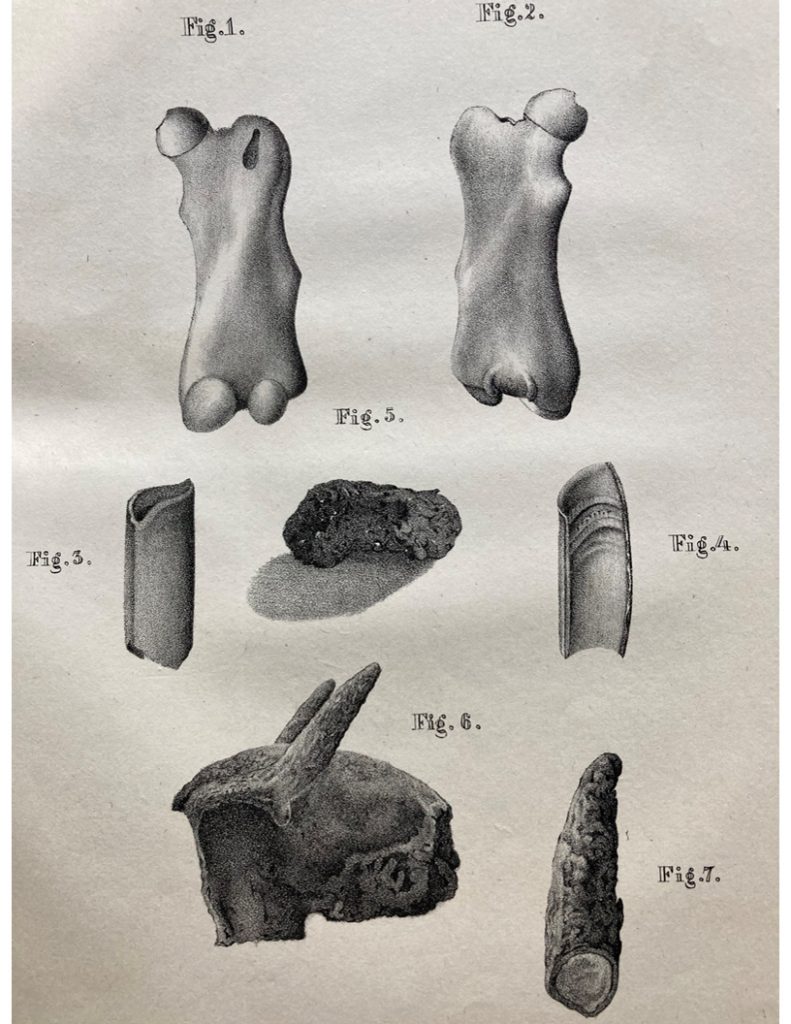
Lund’s active fieldwork in the caves resulted in both in the discovery and subsequent description of an enormous variety of extinct animals including many sloths, although he is perhaps best known for the first description of the saber-tooth cat, Smilodon. In 1839 he described Megalonyx cuvieri, but later realized this new sloth was not the same as the North American sloth and assigned it to a new genus, Platyonyx or flat claw. Unfortunately, once again the entomologists had beaten him to the name, as Platyonyx was already used for another beetle, this time a weevil. As more fossils of the sloth were found in different caves, Lund added many new species to the genus; minutus, bucklandi, oweni, brongniarti, blainvillii, agassizi, but all of these are now considered to be the same as cuvieri. Platyonyx has now been replaced with Catonyx, a genus proposed by Florentino Ameghino in 1891. As it turns out, this sloth is not closely related to either Megatherium or Megalonyx but is a mylodont sloth, but in its own subfamily, Scelidotheriinae. Members of this subfamily are widely distributed in South America, ranging south into Argentina and Chile and as far north as Ecuador during the Pleistocene. Thus, Lund’s discovery added to the overall diversity of fossil sloths to complement the family Megatheridae for Megatherium and Megalonychidae based on Megalonyx.

Lund’s ongoing excavations in the caves and the many new fossil species he discovered and described helped document that the extinction of prehistoric animals, such as the sloths, had by no means been complete and that species still living today lived side by side with animals that are now extinct. His discoveries also showed that even humans had been contemporaneous with the extinct megafauna in South America. This revelation came about because Lund was interested in understanding the depositional context of the bones in the caves and many of his papers included maps of the caves from which the fossils were recovered. His attention to this detail stemmed from attempting to match his observations of the types of animals found and their location within the caves to the cataclysmic theory of multiple extinctions proposed by Cuvier, in which multiple universal deluges would have suddenly killed all animals at different times. When Lund realized that the bones of living species were also preserved intermixed with older extinct species in the caves, he cautiously distanced himself from Cuvier’s ideas. Instead, he proposed five mechanisms for the accumulation of the fossil species in caves: (i) carried in by predators, (ii) the fall of animals in vertical passages, (iii) animals that wandered into caves and got lost, (iv) the death of species that lived inside caves, and (v) washed by runoff into caves. Lund’s proposed mechanisms can be viewed as essentially the first study of cave taphonomy. The discovery of fossil bones of humans in Sumidouro Cave allowed Lund to propose the great antiquity of these bones and their contemporaneity with the extinct species he was discovering. This led him to realize that humans and prehistoric animals had co-existed, an idea in full opposition to Cuvier’s catastrophic theory. It did however lay the foundation for considering that the extinction of giant sloths as well as other Pleistocene megafauna could have been caused by early humans on the continent.
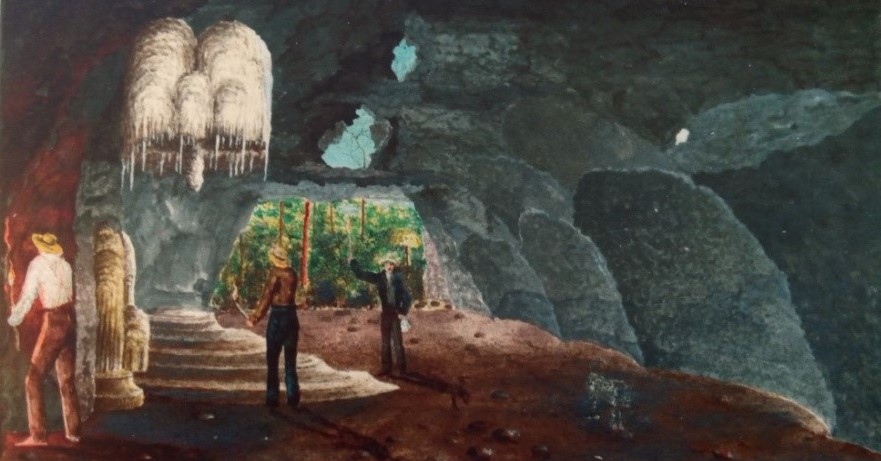
Only a year after his ground-breaking finds of human remains, Lund suddenly stopped his excavations in the caves and exclusively concentrated on botany for the rest of his scientific career. This has been alleged to have been due to a lack of resources to finance the excavations due to disastrous speculation in a gold mine which left him bankrupt, or possibly due to ill health. Lund’s huge collection of over 20,000 specimens was subsequently presented to the king and the people of Denmark. The collection today is housed in the Zoological Museum at the University of Copenhagen (Natural History Museum of Denmark) and is still actively used by paleontologists not only interested in sloths, but the South American Pleistocene fauna in general. While Lund’s many discoveries and observations on the caves and their fauna contributed toward a rethinking of the history of the Earth and helped pave the way for a more general acceptance of Darwin’s revolutionary ideas, it appears that Lund himself possibly had misgivings regarding his own discoveries. Darwin, in contrast, embraced them with enthusiasm. As stated by Darwin, “This relationship is even more clearly seen in the wonderful collection of fossil bones made by MM. Lund and Clausen in the caves of Brazil. I was so much impressed with these facts that I strongly insisted in 1839 and 1845 in this ‘law of the succession of types’ on ‘this wonderful relationship in the same continent between the dead and the living’.” In the end, it appears Lund never accepted the conclusion to which his work contributed – Natural Selection and Evolution.

